Enter a surname, town name or other keyword to search the database. Remember to
allow for the different spellings of 'Mc' and 'Mac.' Good luck!
{Search tips: Use single word search terms for more results}
You must enter some valid character(s) into the search field
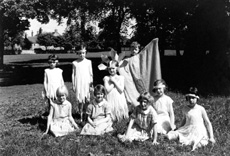
Reference: IRAA
Primary Plays 'The Sunbeam...
|
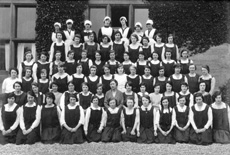
Reference: IRAA
The Inverness Royal Academy Wa...
|
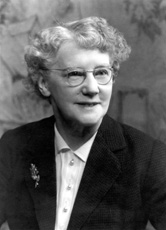
Reference: IRAA
Alice Grant in 1957. She was a...
|

Reference: IRAA
Charles Granville Barry Greave...
|
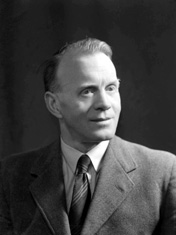
Reference: 41486a
Chief Constable William Fraser...
|
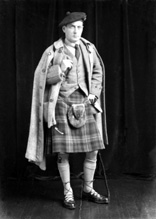
Reference: H-0238
Sir Compton Mackenzie, (1883-1...
|
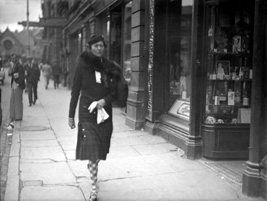
Reference: H-0229
The Duchess of Sutherland (186...
|
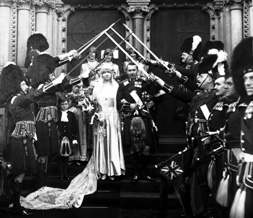
Reference: 48131
Rose - Miller wedding outside ...
|
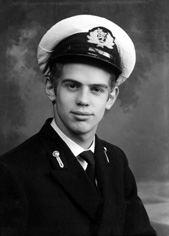
Reference: 47881f
Preece....
|
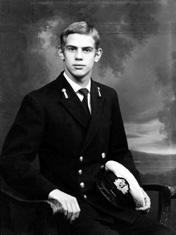
Reference: 47881e
Preece....
|
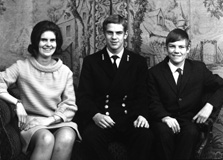
Reference: 47881d
Preece....
|
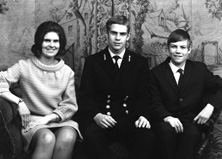
Reference: 47881c
Preece....
|